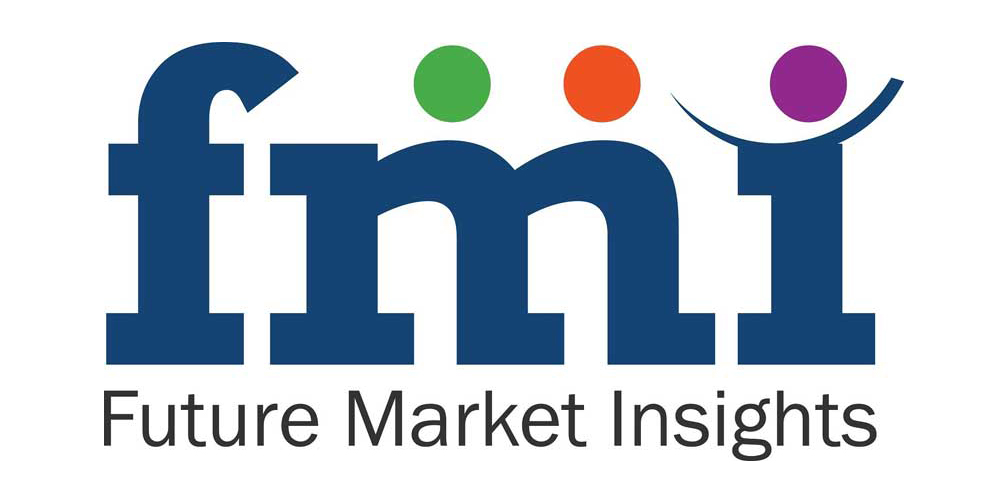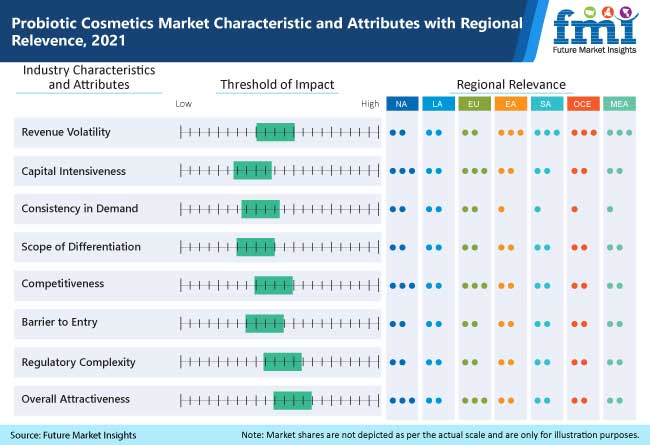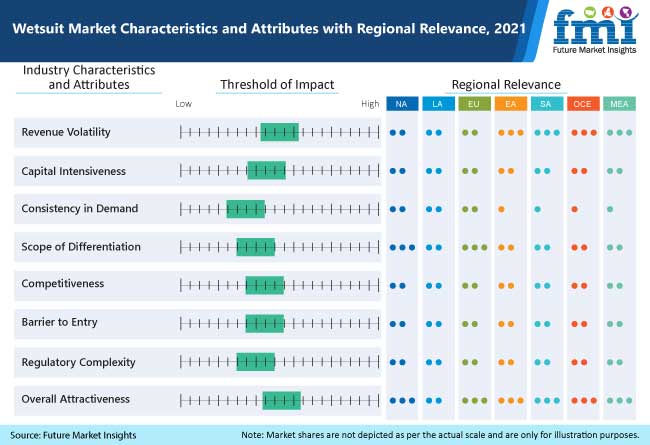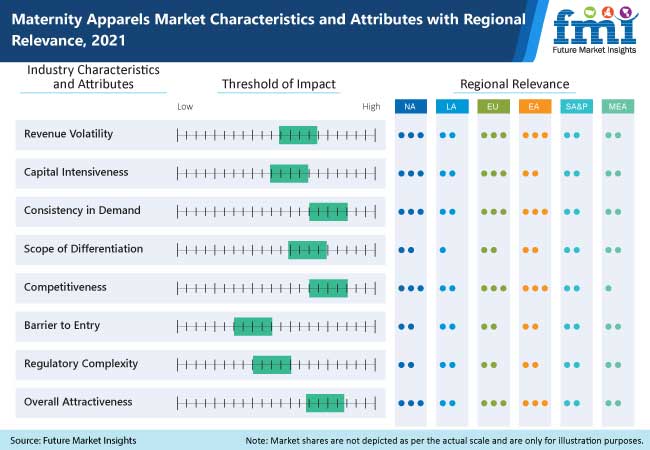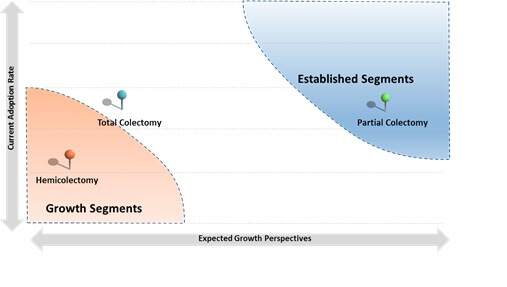According to a recent study by Future Market Insights (FMI), robotic vacuum cleaners market is expected to surpass a valuation of US$ 3.5 Bn in 2021. It is also expected to exhibit a CAGR of over 14.5% through 2031.
- To Get a Sample Copy of the Report visit @ https://www.futuremarketinsights.com/reports/sample/rep-gb-11949
In the last few years, vacuum cleaner technology has advanced significantly. Because of their ability to clean an area without requiring human participation, robotic vacuum cleaners sales are surging at a high pace.
Additional features of robotic vacuum cleaners include rotating brushes, mopping, and UV sterilization. Some are designed to efficiently perform cleaning chores of household. To offer greater efficiency and high performance, manufacturers are integrating robotic vacuum cleaners with security cameras, intercom systems, and other functions.
Robotic vacuum cleaners are a result of technological advancements enabled by artificial intelligence (AI) and the internet of things (IoT). They can be programmed and operated remotely to execute their cleaning tasks and they are clever enough to do it with minimal human intervention. With their advanced technologies, robots are playing an increasingly essential role in modern society, making human life easier and more comfortable.
Market players are concentrating on producing more technologically advanced robotic vacuum cleaners using cutting-edge technology such as artificial intelligence (AI) (Artificial intelligence). Samsung Electronics, for example, released an AI robot vacuum cleaner in 2021 that has improved object identification and operation performance due to artificial intelligence (AI) technology.
The BESPOKE Jetbot AI is a smart robot vacuum cleaner designed to clean itself and empty its dust bin. It is the world’s first robot cleaner to be equipped with Intel’s artificial intelligence (AI) solution (Intel Movidius), which enables the robot cleaner to reason independently like humans.
How Will Robotic Vacuum Cleaners Market Fare in 2021-2031 in Comparison to Sales Registered in 2016-2020?
Demand for robotic vacuum cleaners grew at 5.6% CAGR between 2016 and 2020. The outbreak of the novel COVID-19 dampened sales prospects due to restrictions in movement and disruptions in supply chain.
Robotic vacuum cleaners, often known as robovacs, are largely utilized in the home and business sectors to clean floors, pools, and gutters. A cleaning system, programming software, batteries, and other supplies are all included in the units of robotic vacuum cleaners.
They also have a variety of new features, including as smartphone connectivity, laser vision, room mapping, and self-charging, to make users’ lives easier. The market for robotic vacuum cleaners is projected to be driven by such product offerings.
Considering this, FMI has estimated that robotic vacuum cleaners market represented 1% to 3% of overall sales in the cleaning appliances market in 2020.

Request Complete TOC Of this Report @ https://www.futuremarketinsights.com/toc/rep-gb-11949
Key Takeaways from the Robotic Vacuum Cleaners Market Study
- In terms of robot type, the in-house robot segment is projected to account for 75.9% of the total robotic vacuum cleaners market share in 2021.
- In terms of mode of charging, auto battery charging type accounts for 70.9% of the total robotic vacuum cleaners market share in 2021.
- The US is a key market in North America, accounting for 91.5% of robotic vacuum cleaners sales in the region in 2021.
- The U.K. will emerge as a highly lucrative market within Europe, exhibiting 7.5% CAGR.
“Customers from diverse sectors are increasingly turning to automated products to save time and energy. Within the household sector, the demand for smart home technology is on the rise. This has created ample prospects for the expansion of the robotic vacuum cleaners market,” says an FMI analyst.
Impact of COVID-19 on the Market
The COVID-19 outbreak had a wide-ranging impact, including the closure of all non-essential businesses and retailers, leading to a loss of corporate confidence, heightened public worry, and future uncertainty. It has spread indiscriminately over the world, resulting in a hazardous indoor atmosphere. The production rate of these vacuum cleaners had fallen dramatically all over the world as a result of the sudden shutdown of manufacturing factories. Restrictions imposed hampered sales as well as international export and import.
Furthermore, the COVID-19 created new opportunities for robotic vacuum cleaner manufacturers. Due to the need for cleanliness and hygiene in homes and business spaces, industry players saw higher sales of robot vacuums beginning at the second quarter of 2020. Consumers bought robotic vacuum cleaners to keep the virus from spreading in their homes.
Additionally, according to International Federation of Robotics sales value for robots has increased by 32% to USD 11.2 billion and the recent Covid-19 pandemic is further expected to boost the market.
Who is winning?
Leading manufacturers of robotic vacuum cleaners are focused on aggressive promotional strategies, advertisements, and new product launches that have driven sales growth of robotic vacuum cleaners globally.
Major players present in the robotic vacuum cleaners market are iRobot Corporation, LG Electronics, Robert Bosch GmbH, Samsung Corporation, Dyson Ltd., Panasonic Corporation, Xiaomi, ECOVACS, Proscenic, Neato Robotics, Inc., Yujin Robot, Co., Ltd., Hayward Industries, Inc., Pentair plc, Milagrow Business & Knowledge Solutions (Pvt.) Limited. Koninklijke Philips N. V, among others.
Buy Now @ https://www.futuremarketinsights.com/checkout/11949
